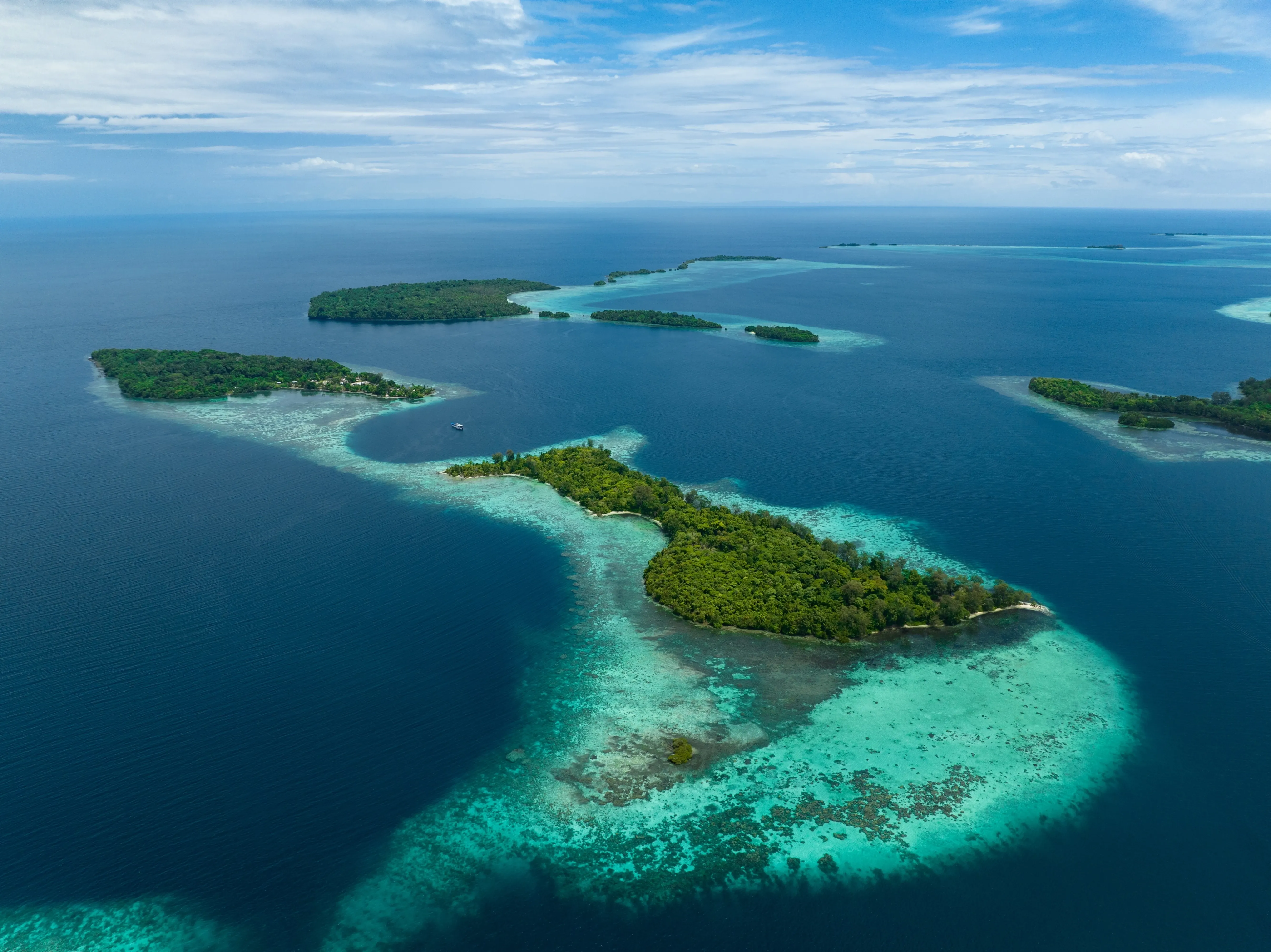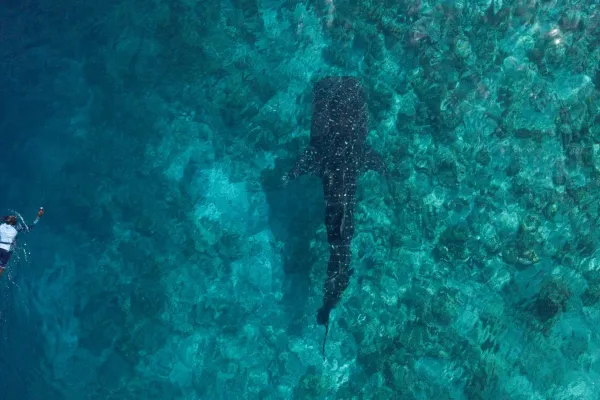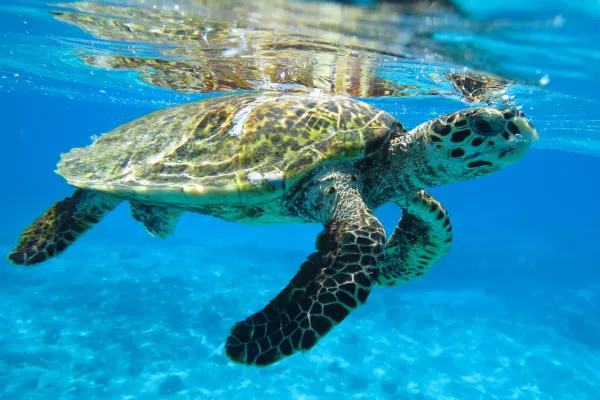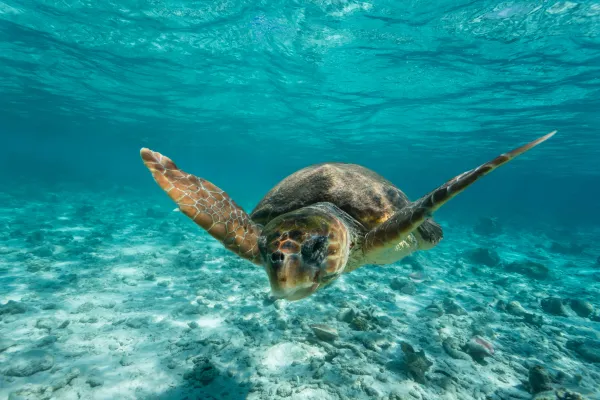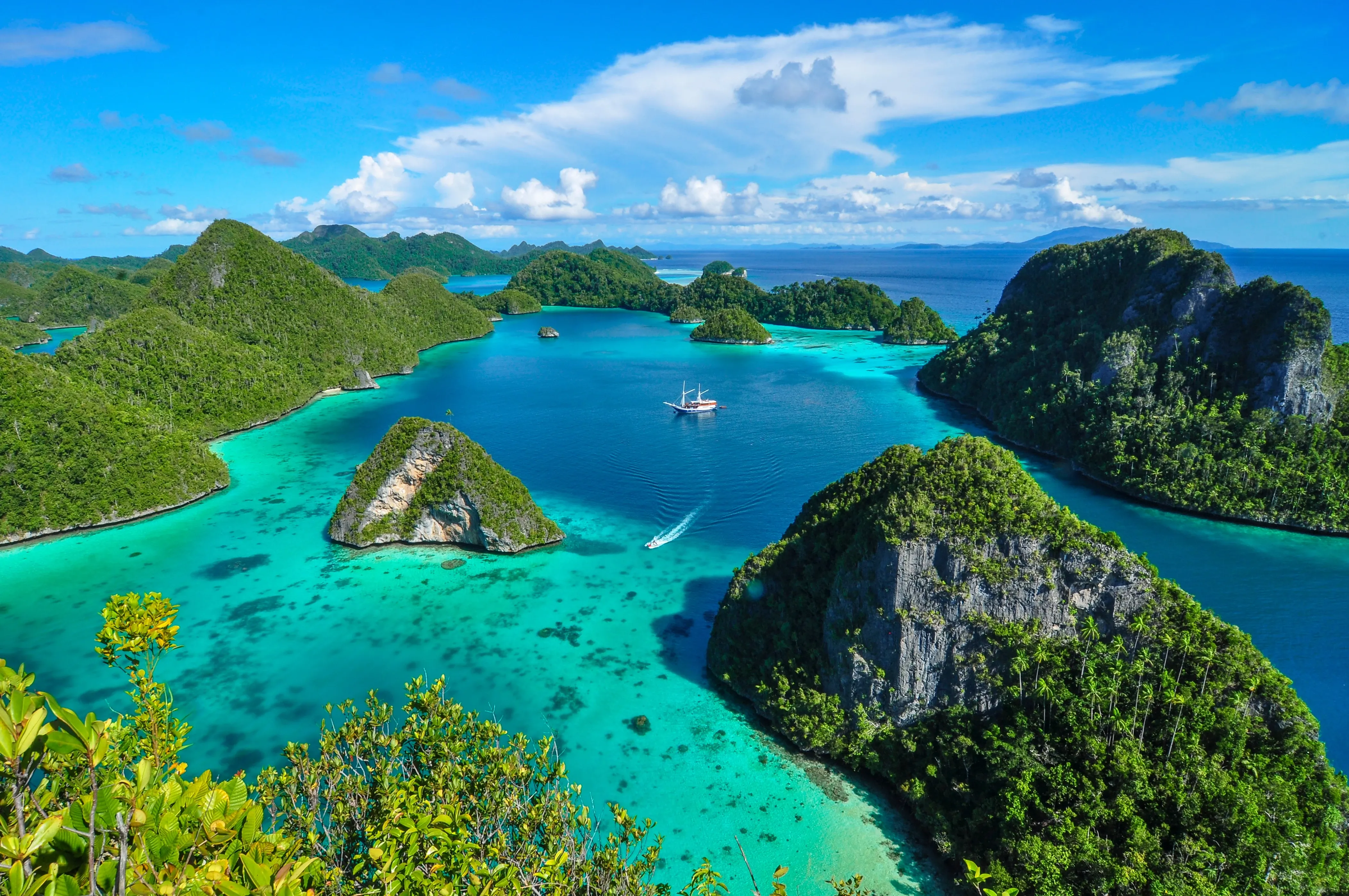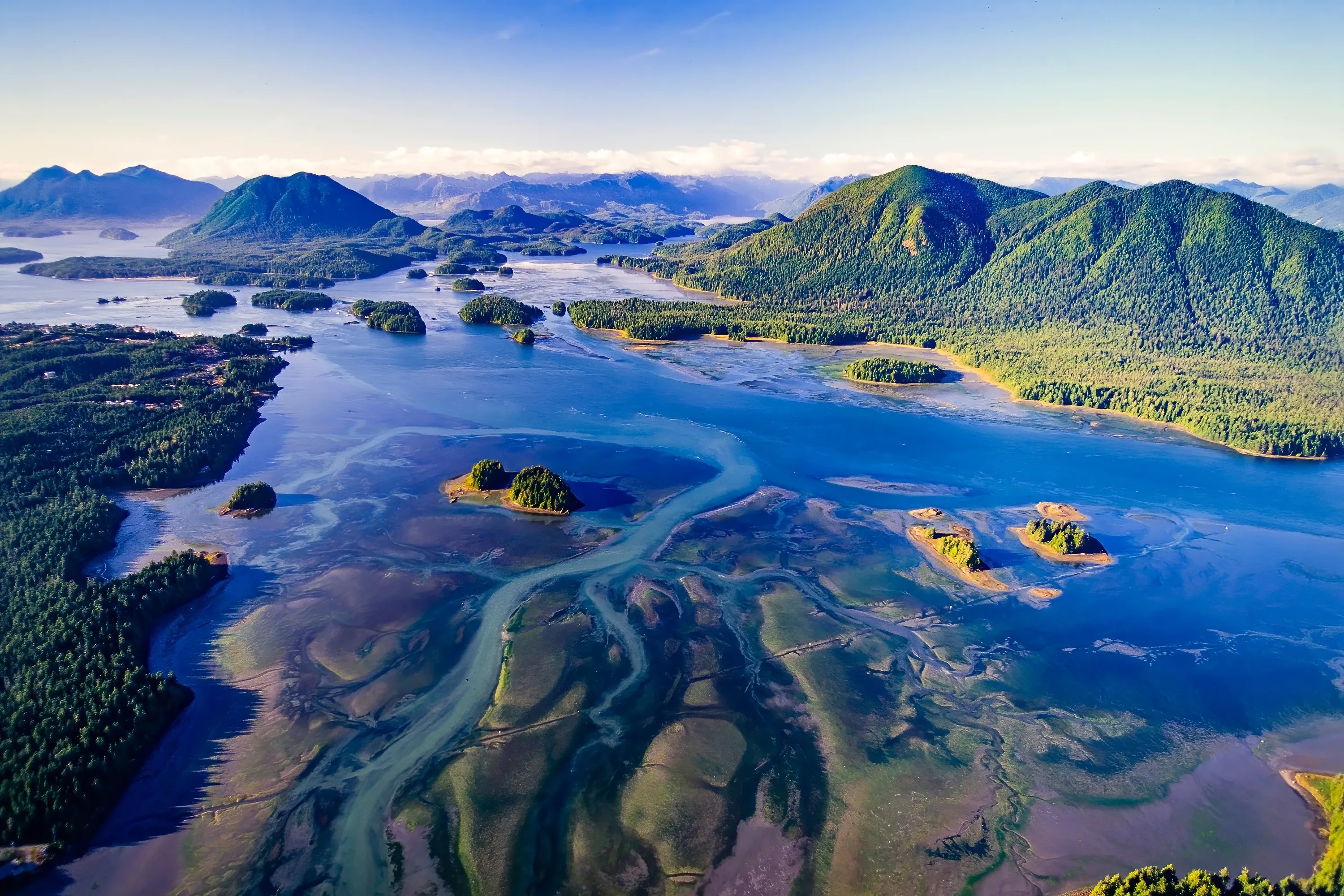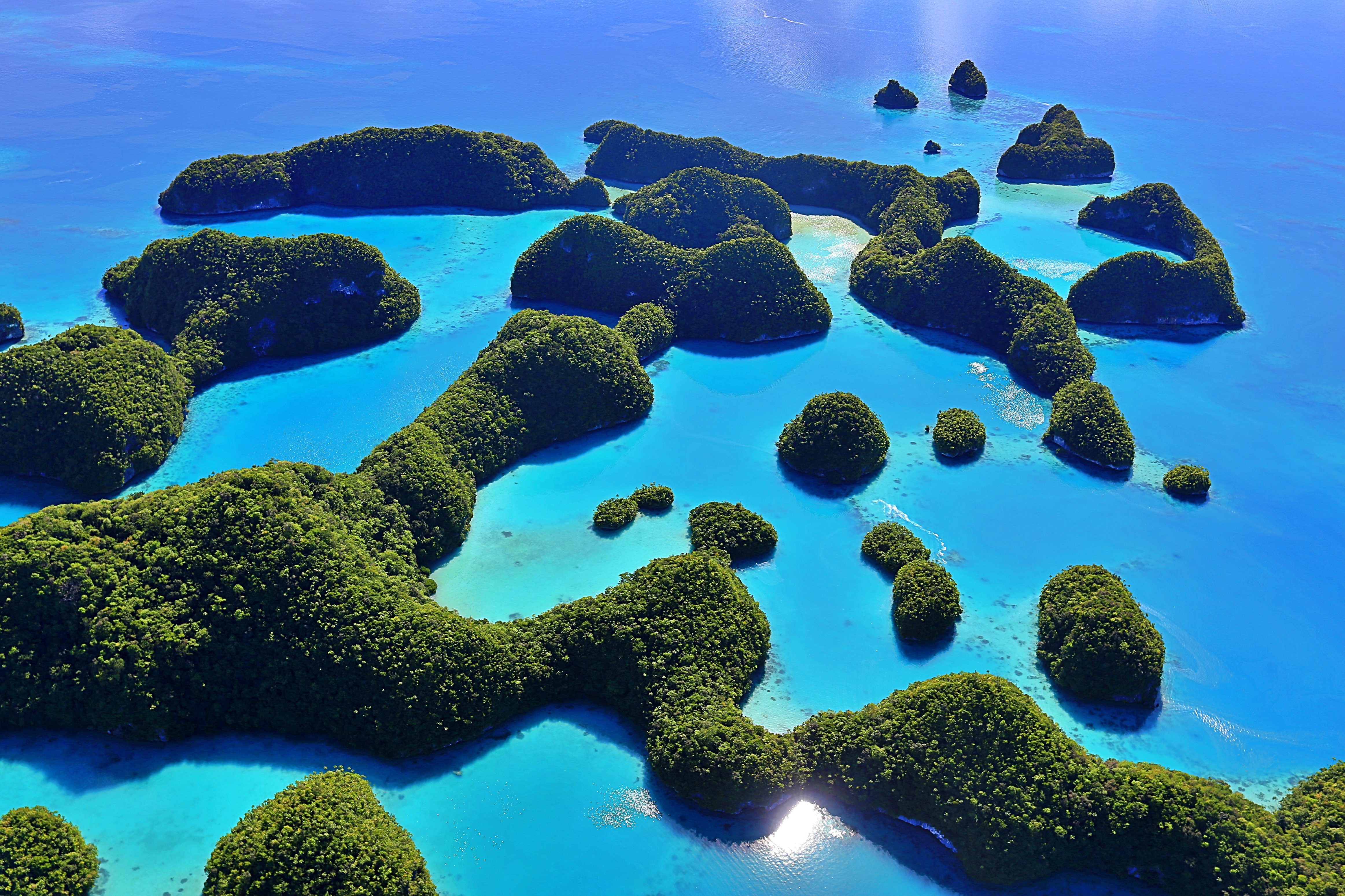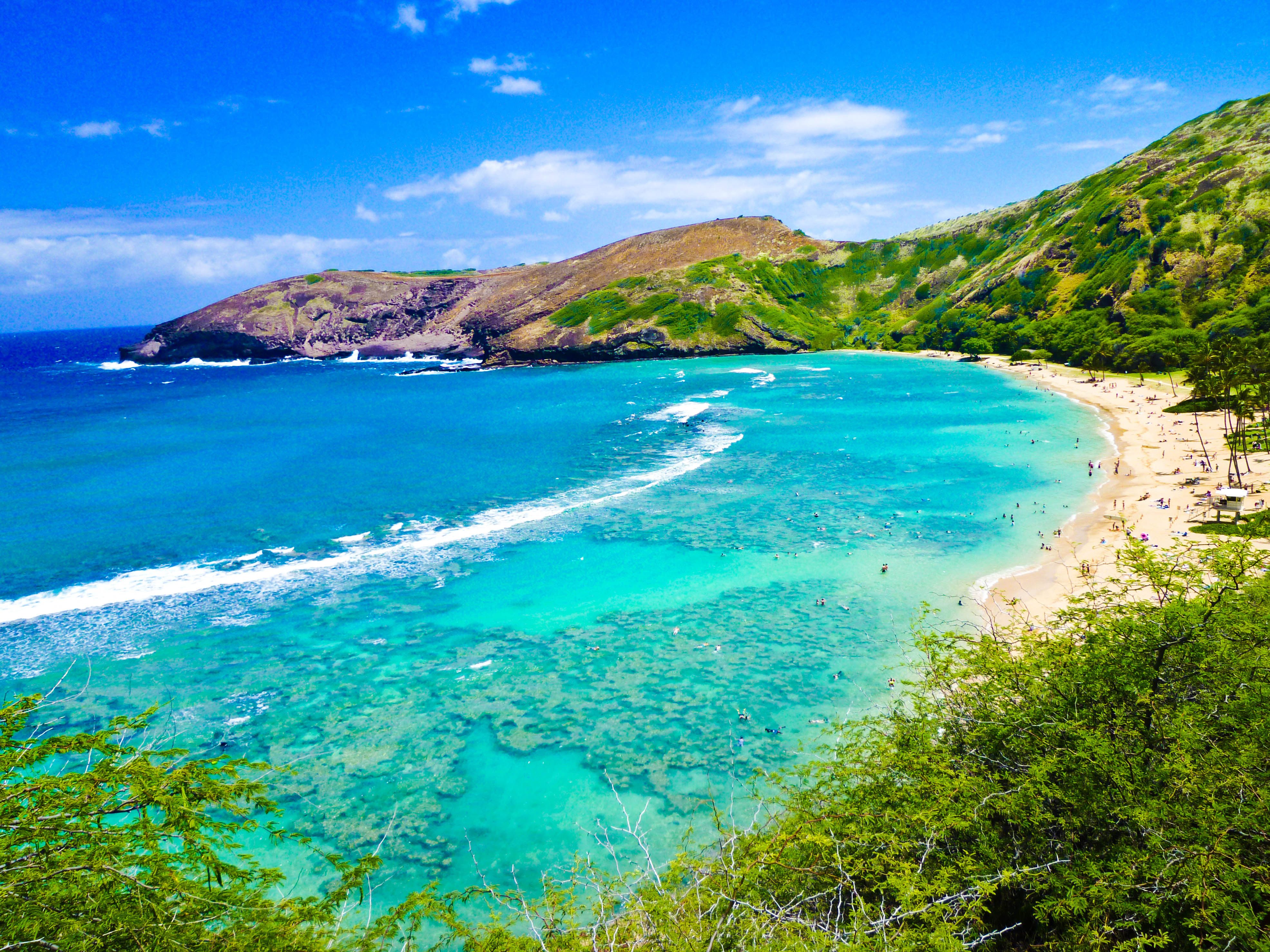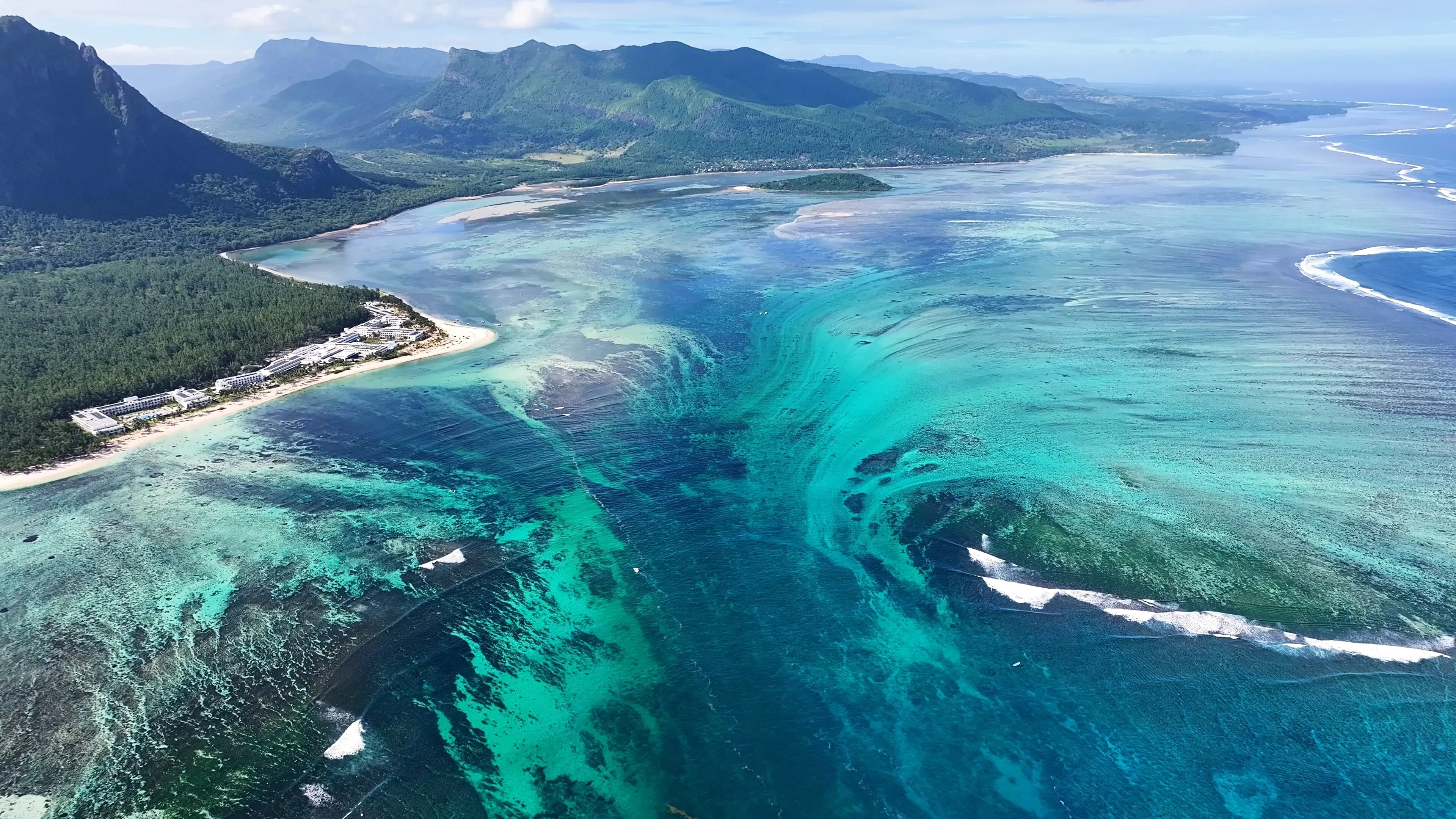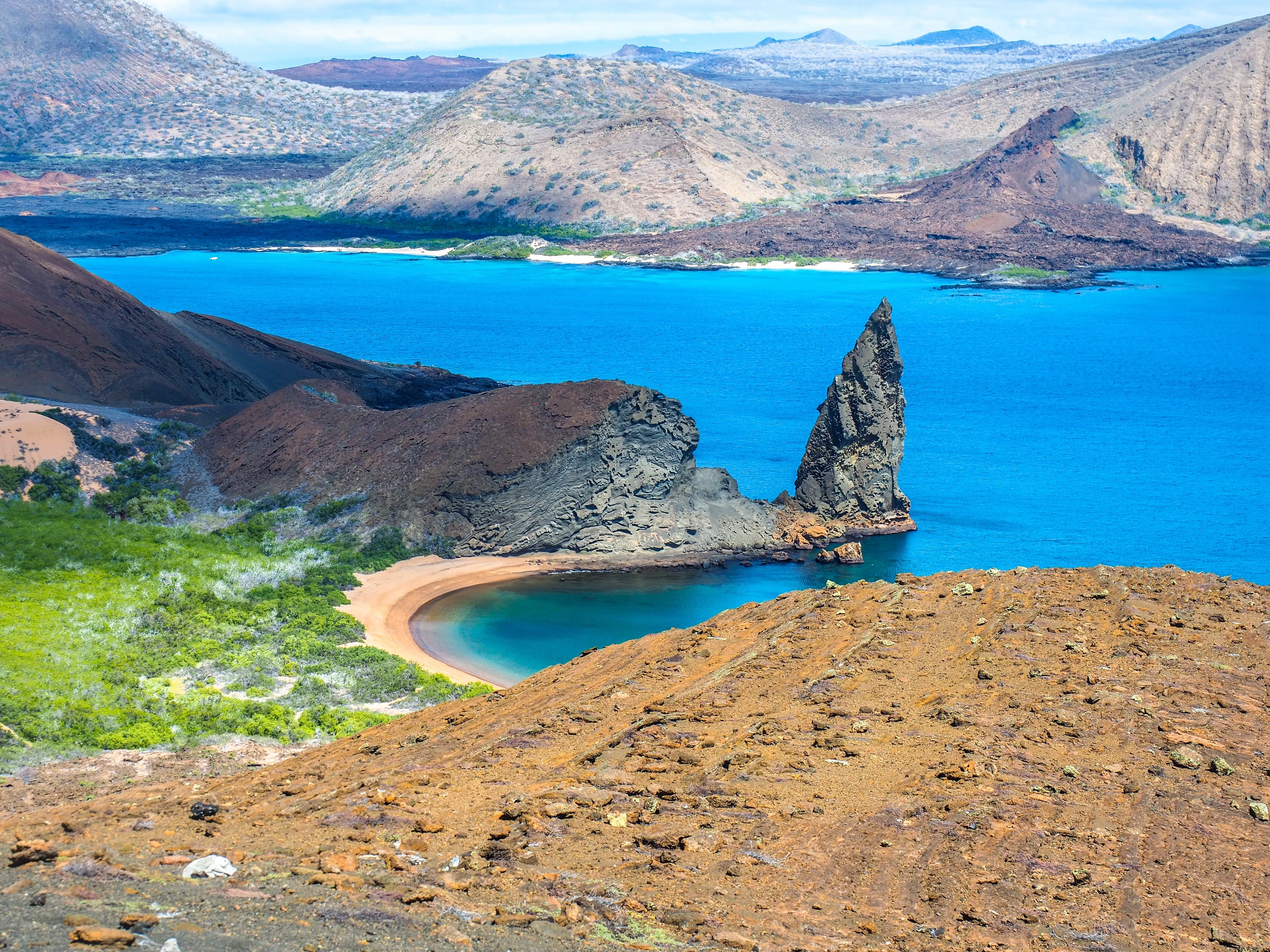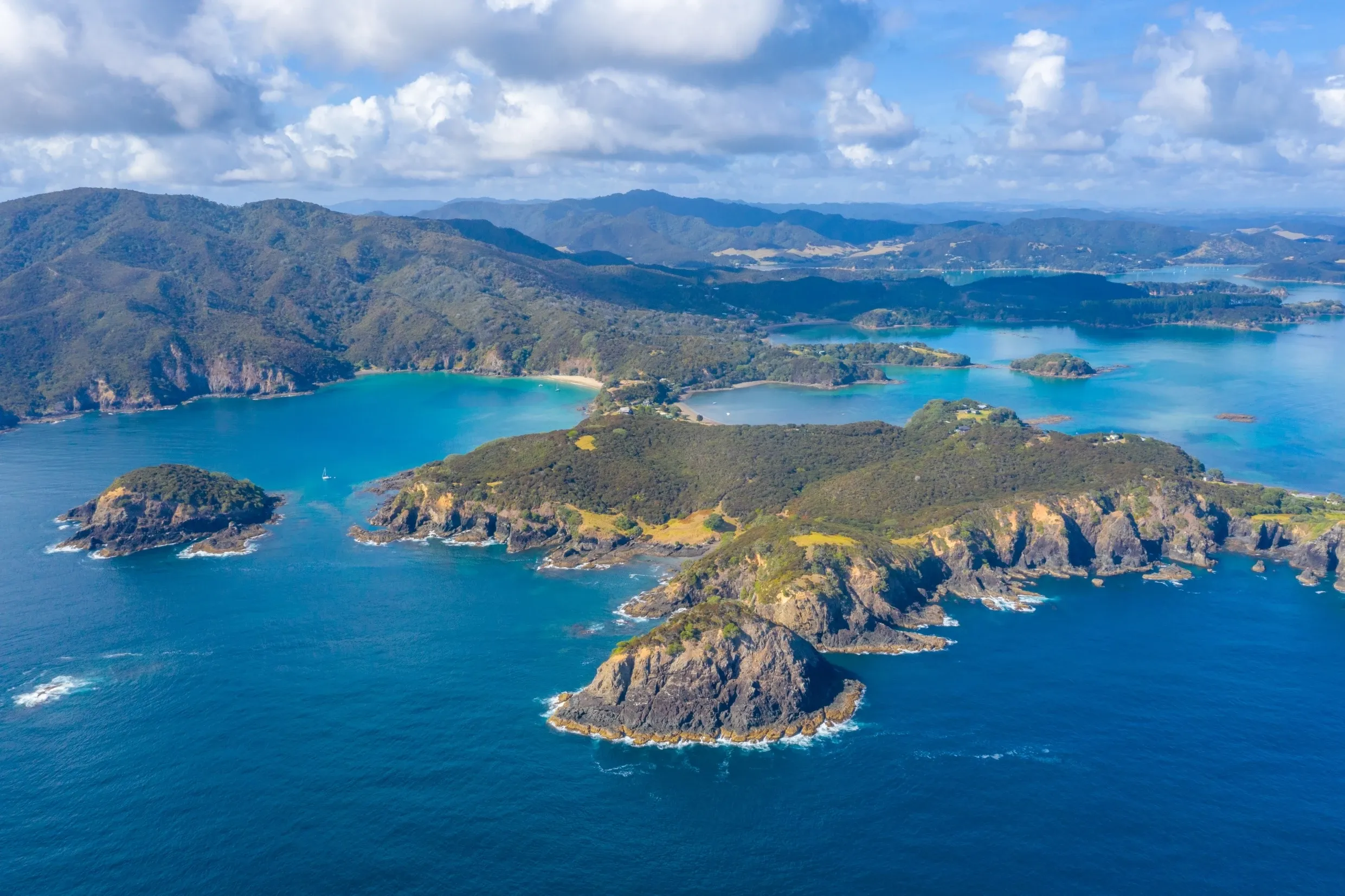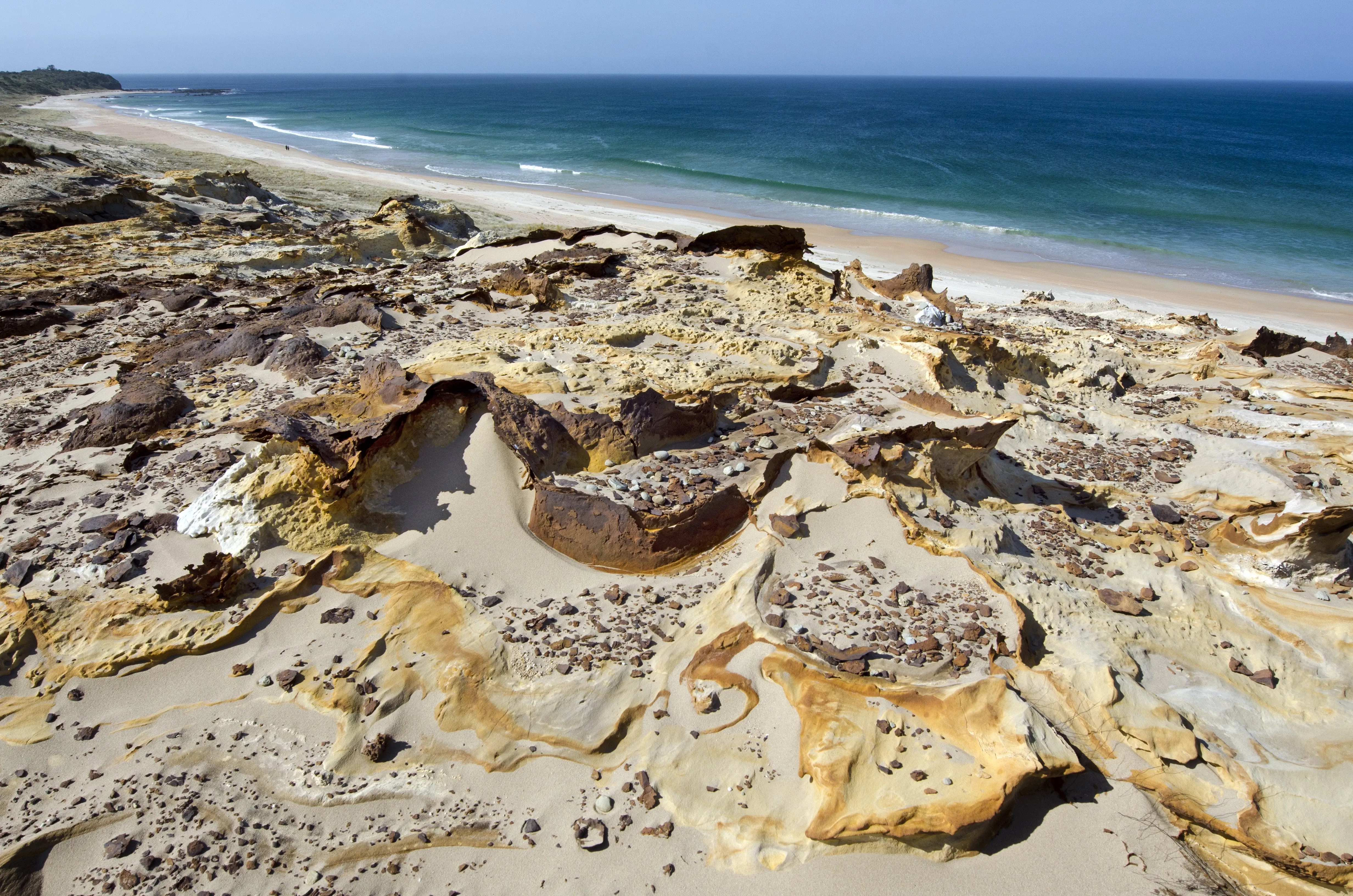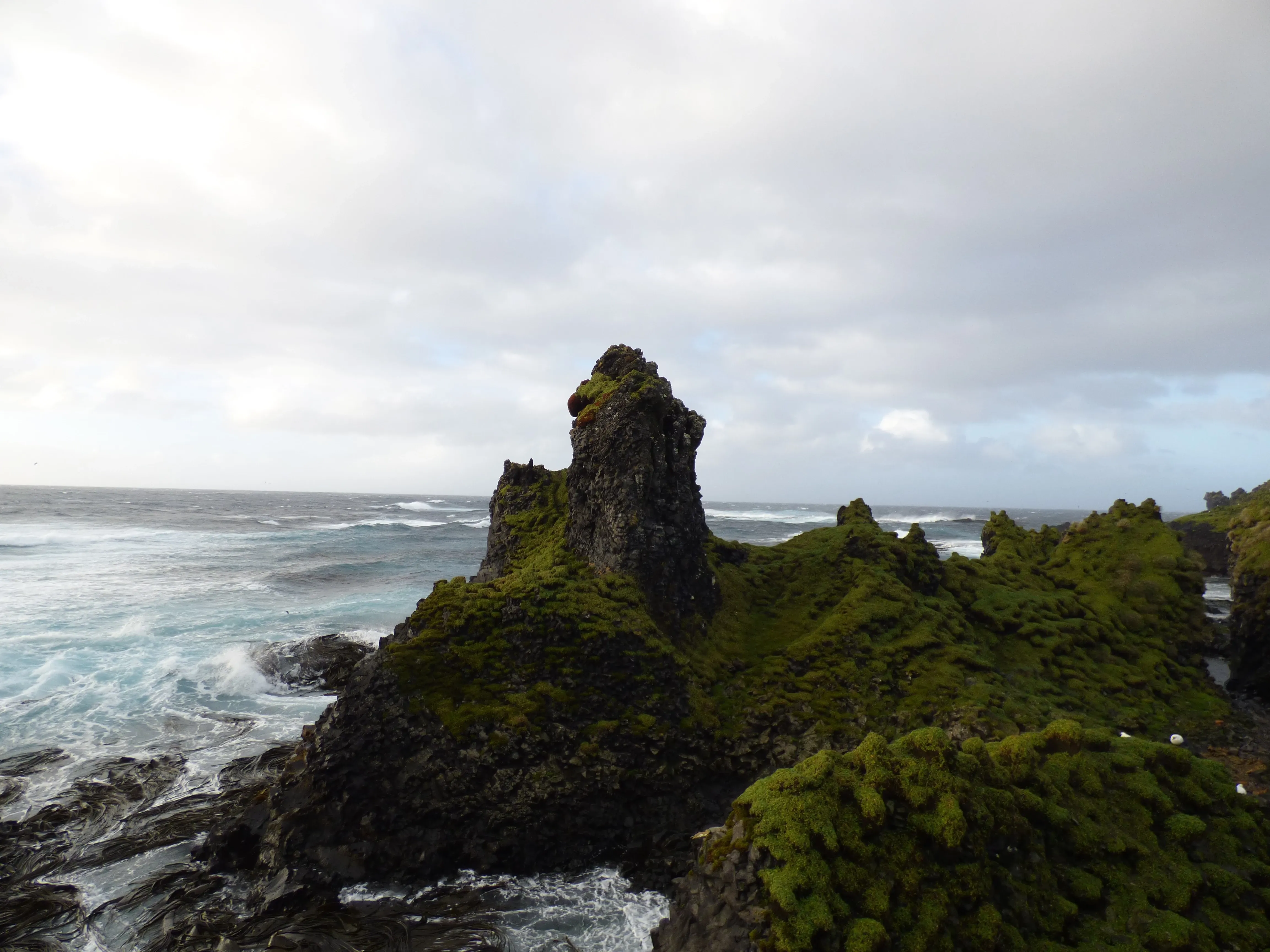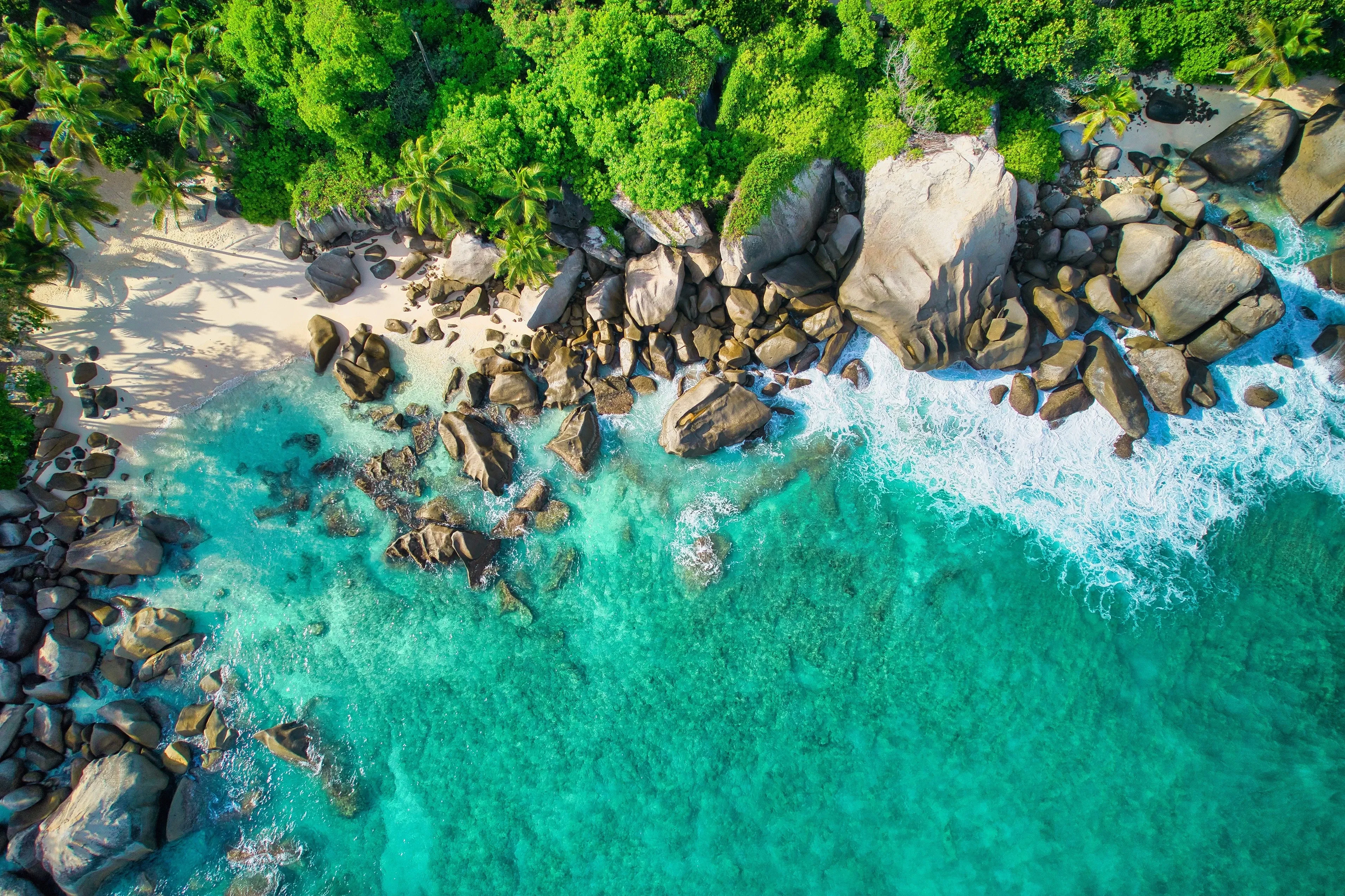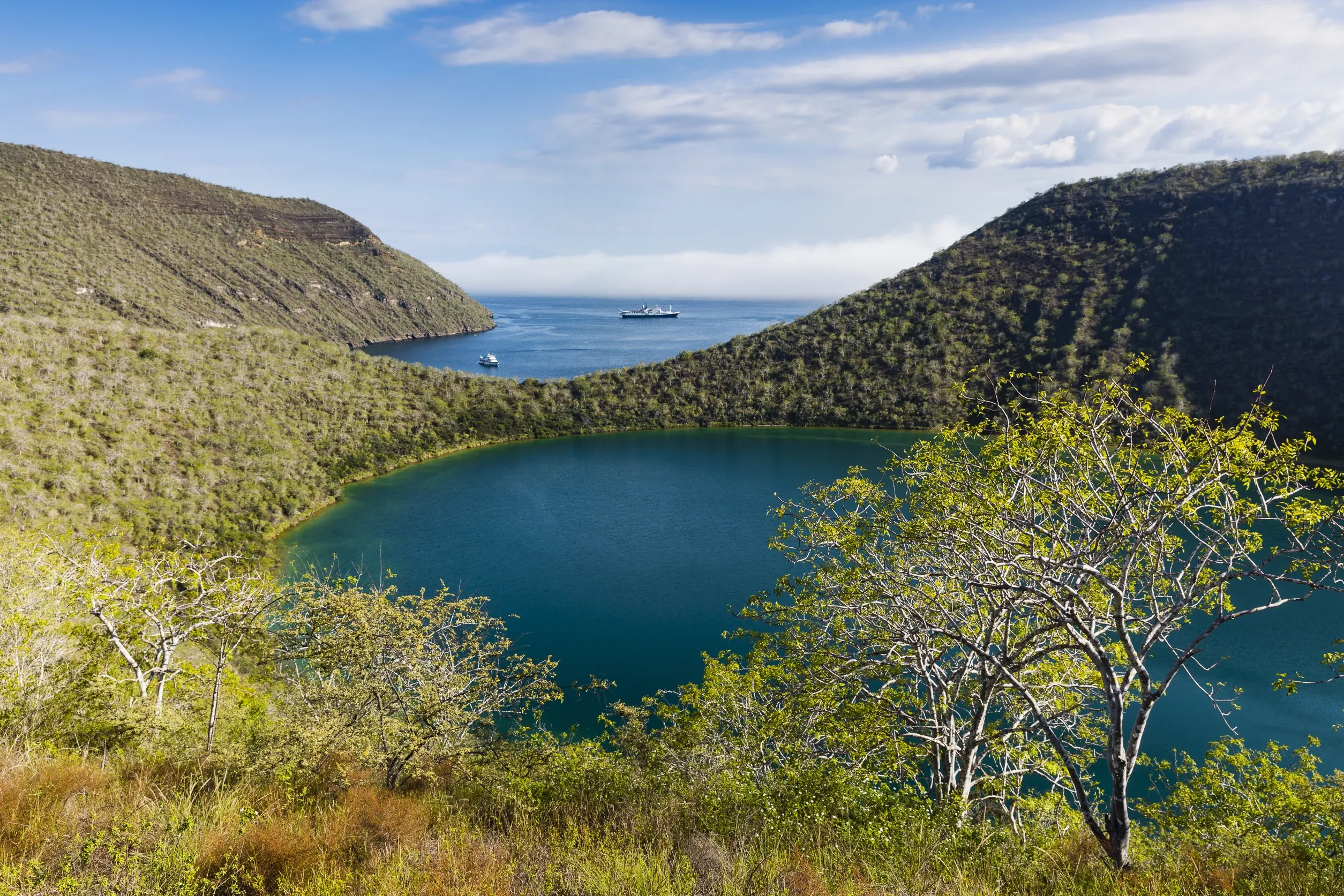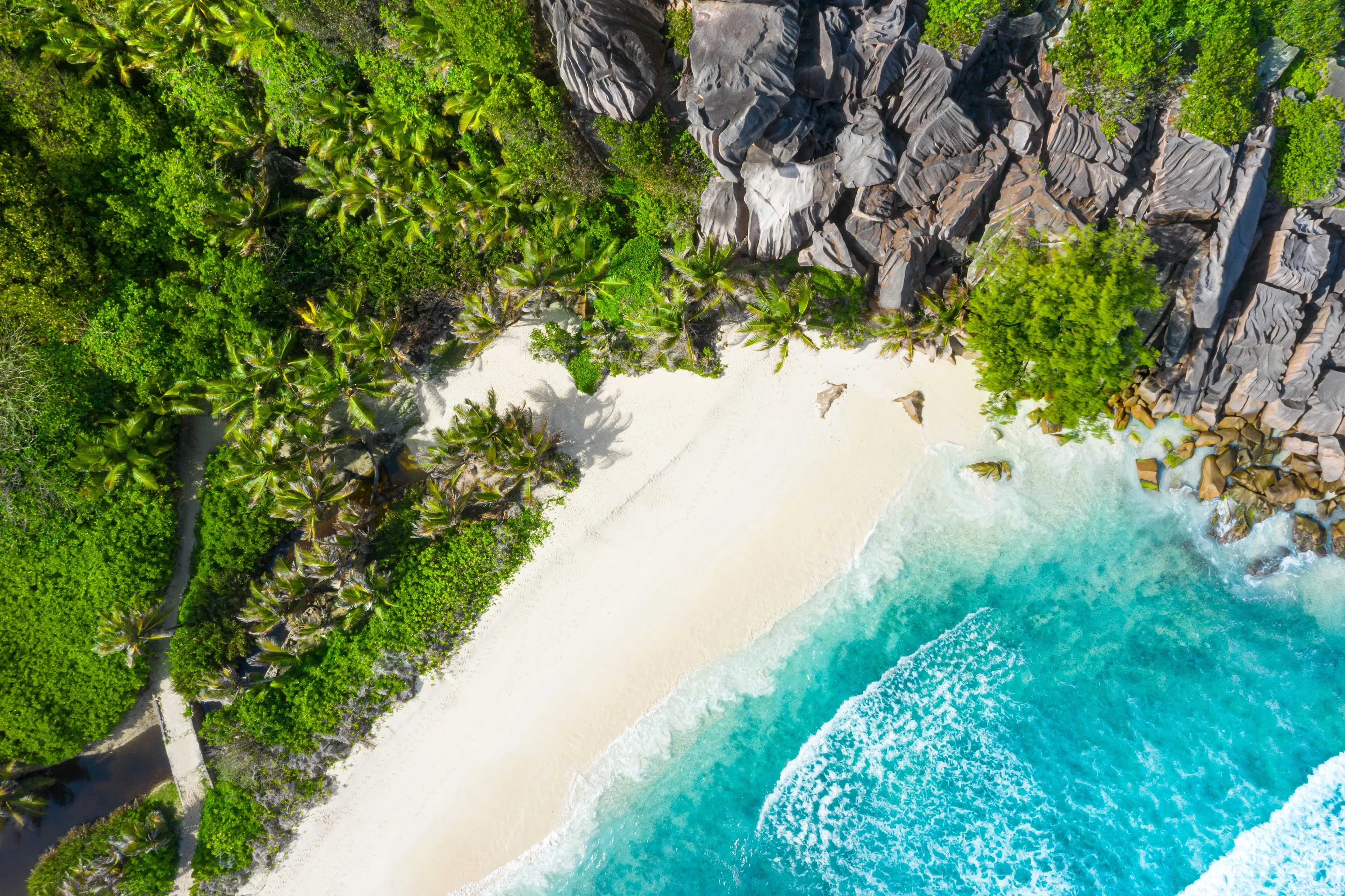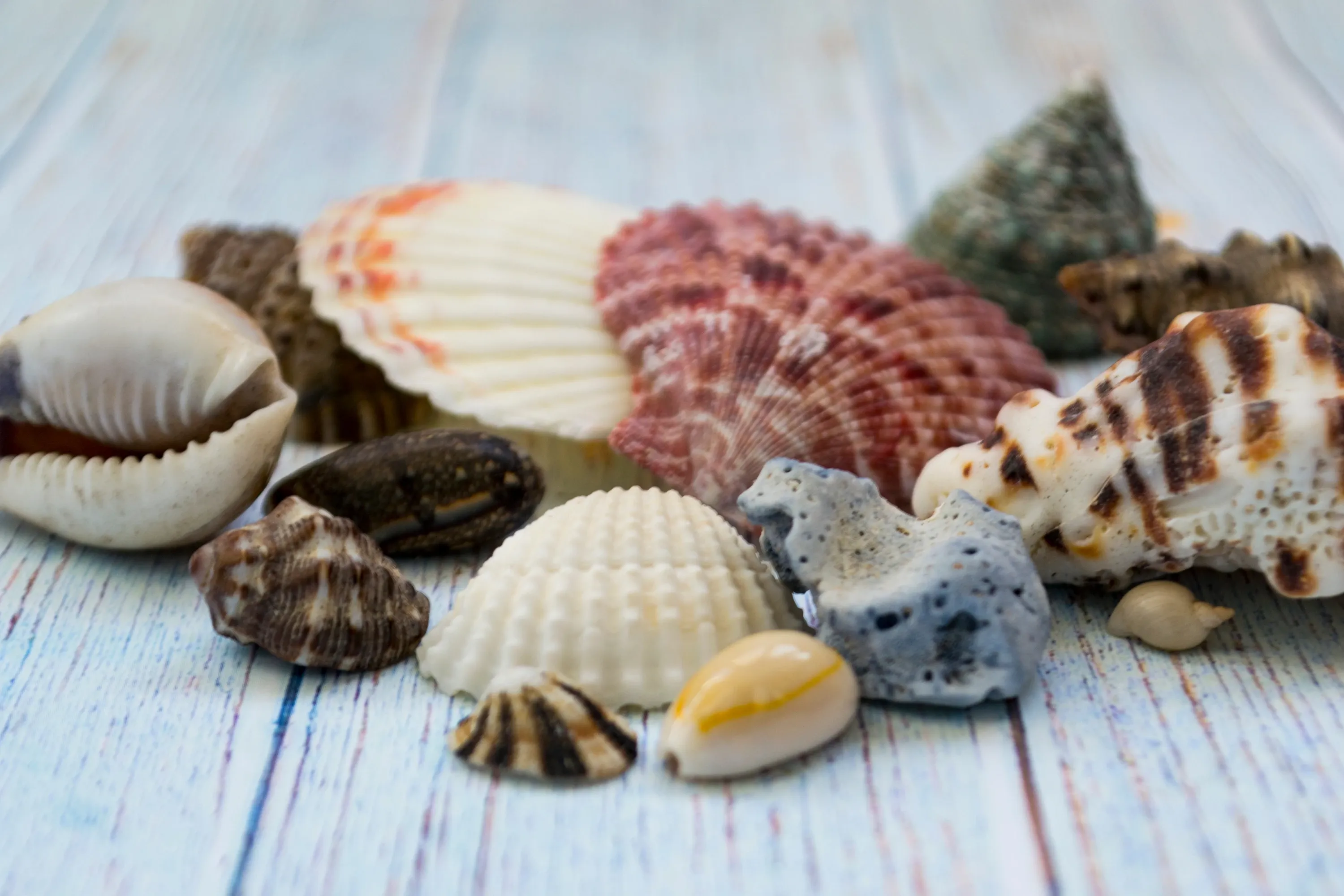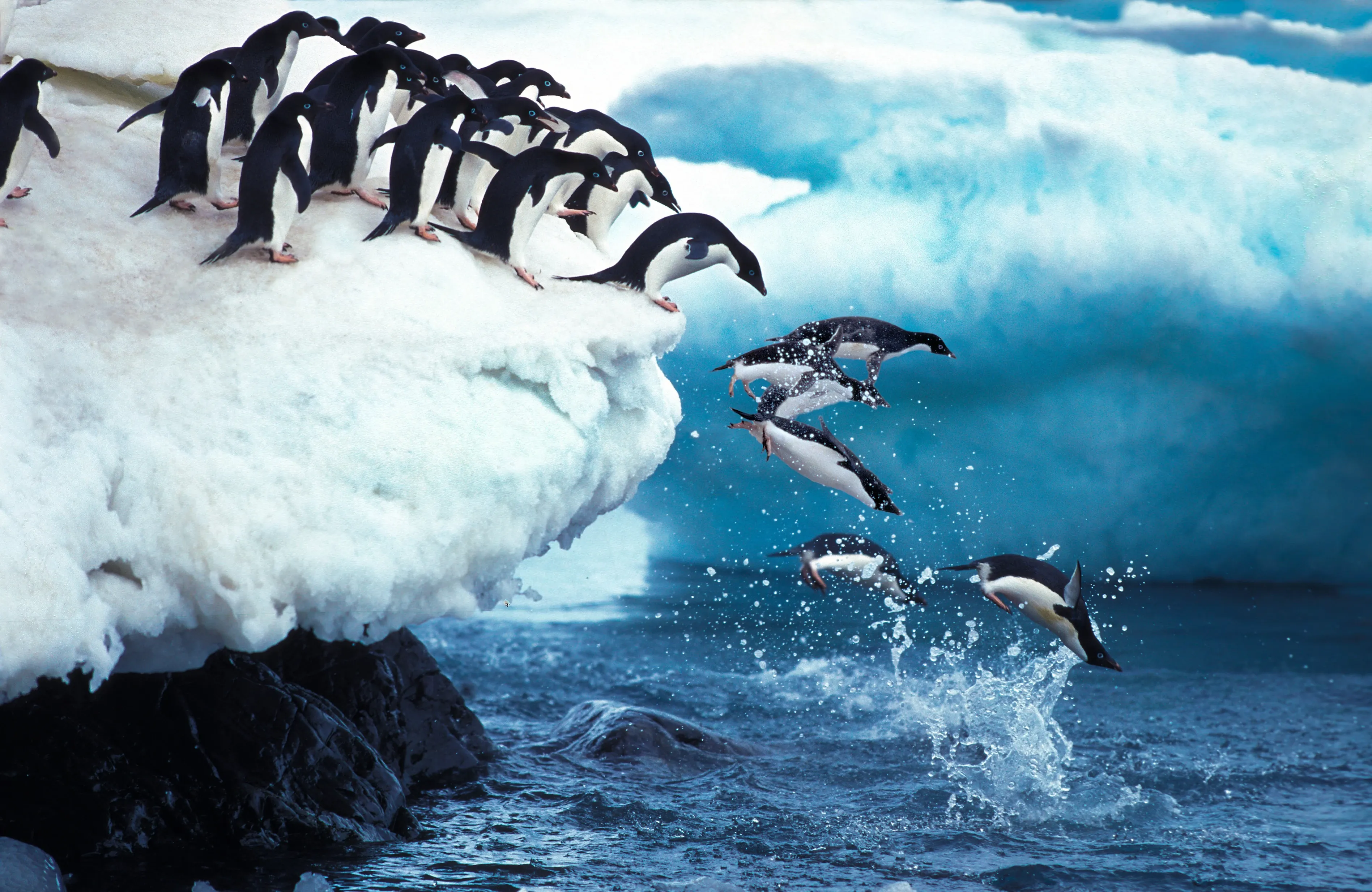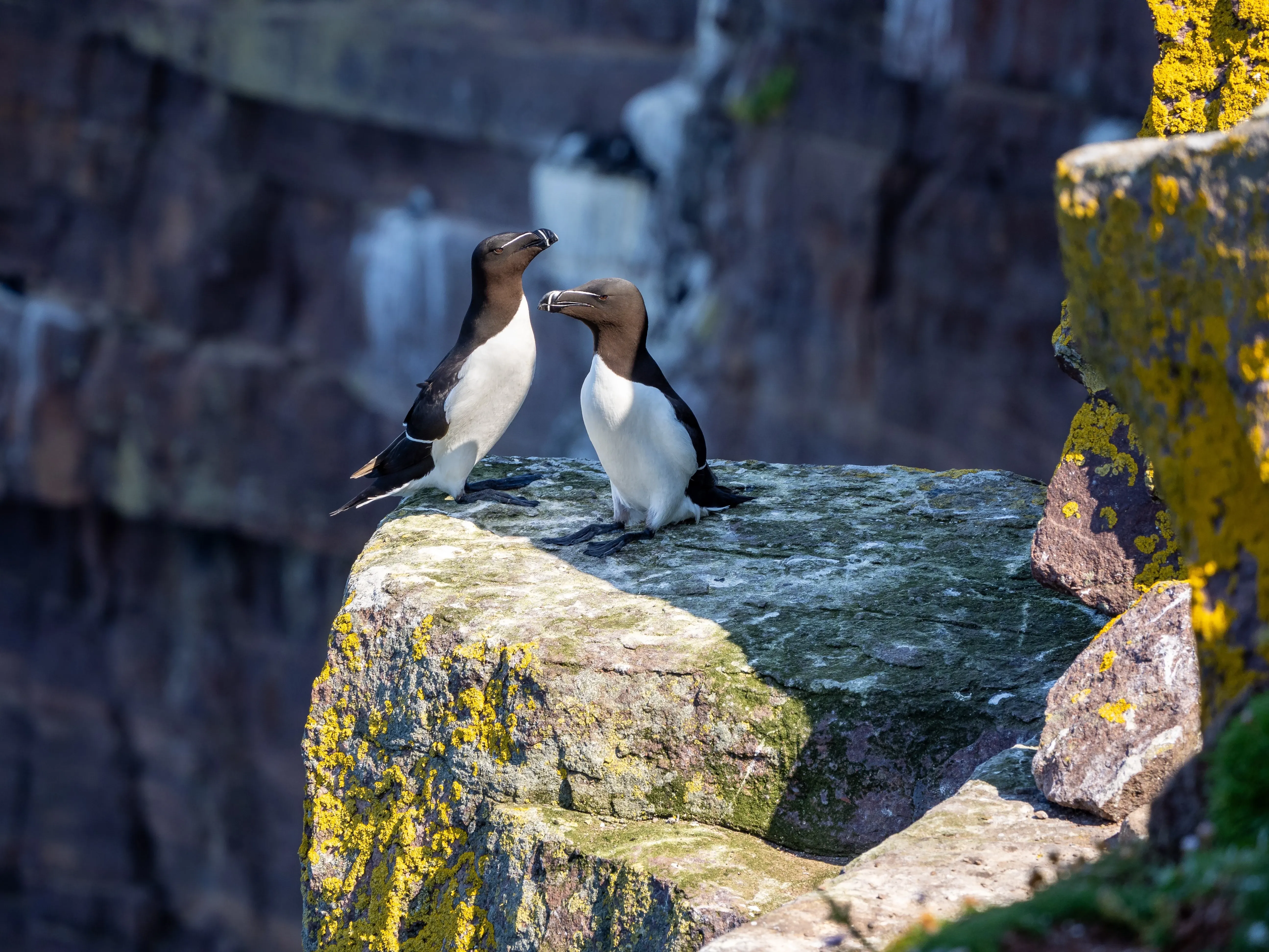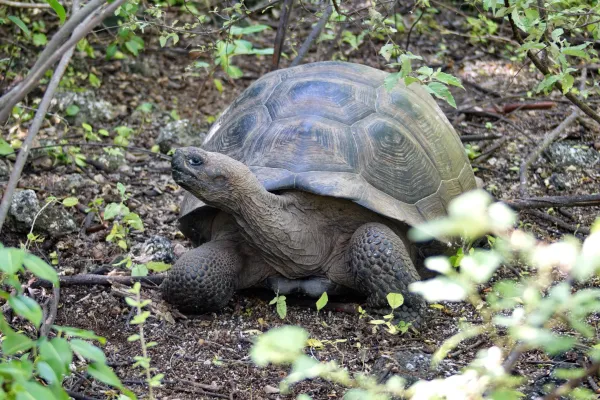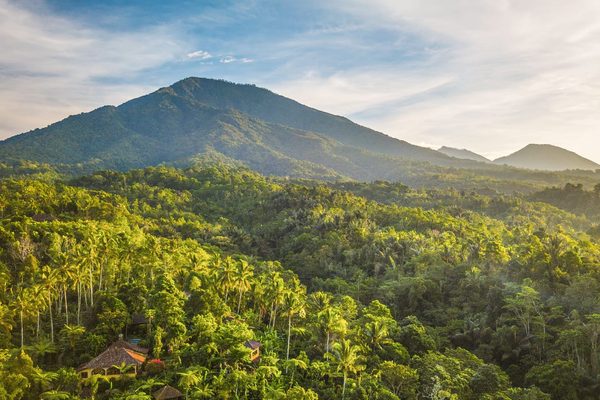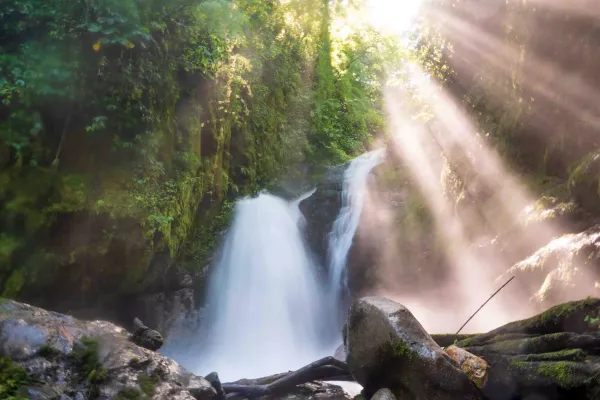Conscious Travel: Island Conservation
Islands are some of the most biodiverse yet vulnerable ecosystems on the planet. Isolated from mainland environments, they are often home to species found nowhere else, making them vital for global biodiversity.
However, these unique habitats face increasing threats from human activities, invasive species, and climate change, leading to alarming rates of extinction. Conservation efforts on islands are critical to preserving their delicate ecosystems and the species that depend on them.
In this article, we’ll explore the challenges and successes of island conservation. Let's take a closer look at what’s being done and what you can do to protect these fragile environments.
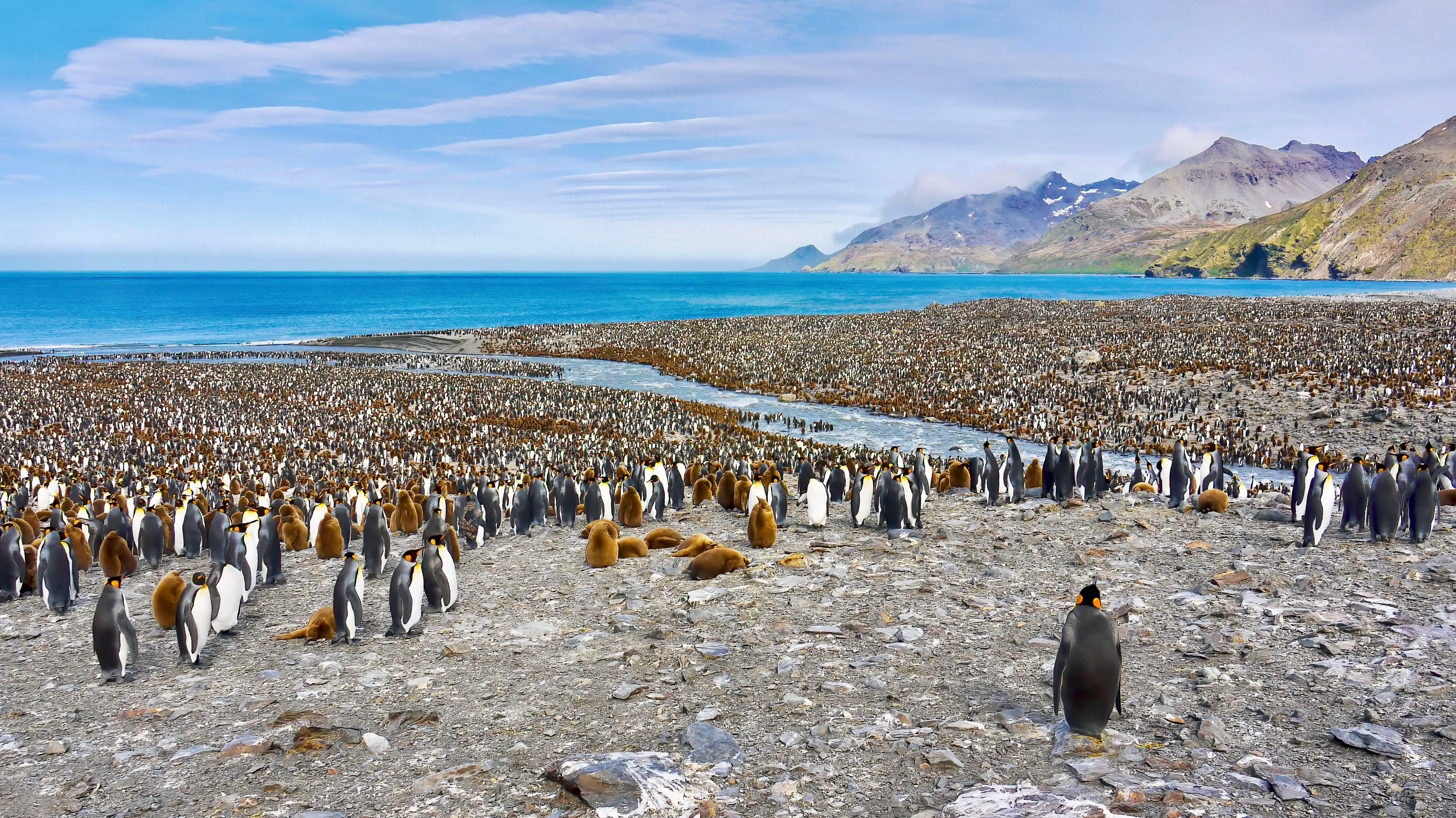
Island conservation - preserving the intricate web of life
Island conservation is a vital and dynamic field dedicated to preserving the unique ecosystems and biodiversity found on islands. These isolated landmasses, whether tropical paradises or remote subarctic outcrops, often harbour species and habitats not found anywhere else on Earth. However, their isolation makes them particularly vulnerable to threats like invasive species, habitat destruction, and climate change.
The essence of island conservation lies in addressing these threats through targeted actions and strategies. This often involves eradicating non-native species that disrupt the balance of local ecosystems, restoring native habitats that have been damaged or degraded, and implementing measures to protect endemic species that might be found nowhere else.
Efforts in island conservation also include scientific research to better understand the unique ecological dynamics of these environments. This research helps in crafting effective management plans and fostering collaborations among scientists, local communities, and policymakers. Community involvement is crucial, as local knowledge and stewardship are often key to the success of conservation projects.
In addition to ecological benefits, successful island conservation can also have significant cultural and economic impacts. Healthy island ecosystems support sustainable tourism, fisheries, and local livelihoods, contributing to the overall well-being of island communities.
Ultimately, island conservation is about more than just saving individual species or habitats; it’s about preserving the intricate web of life that defines these unique places. By focusing on these isolated environments, we can safeguard not only their distinct natural heritage but also our shared global biodiversity.
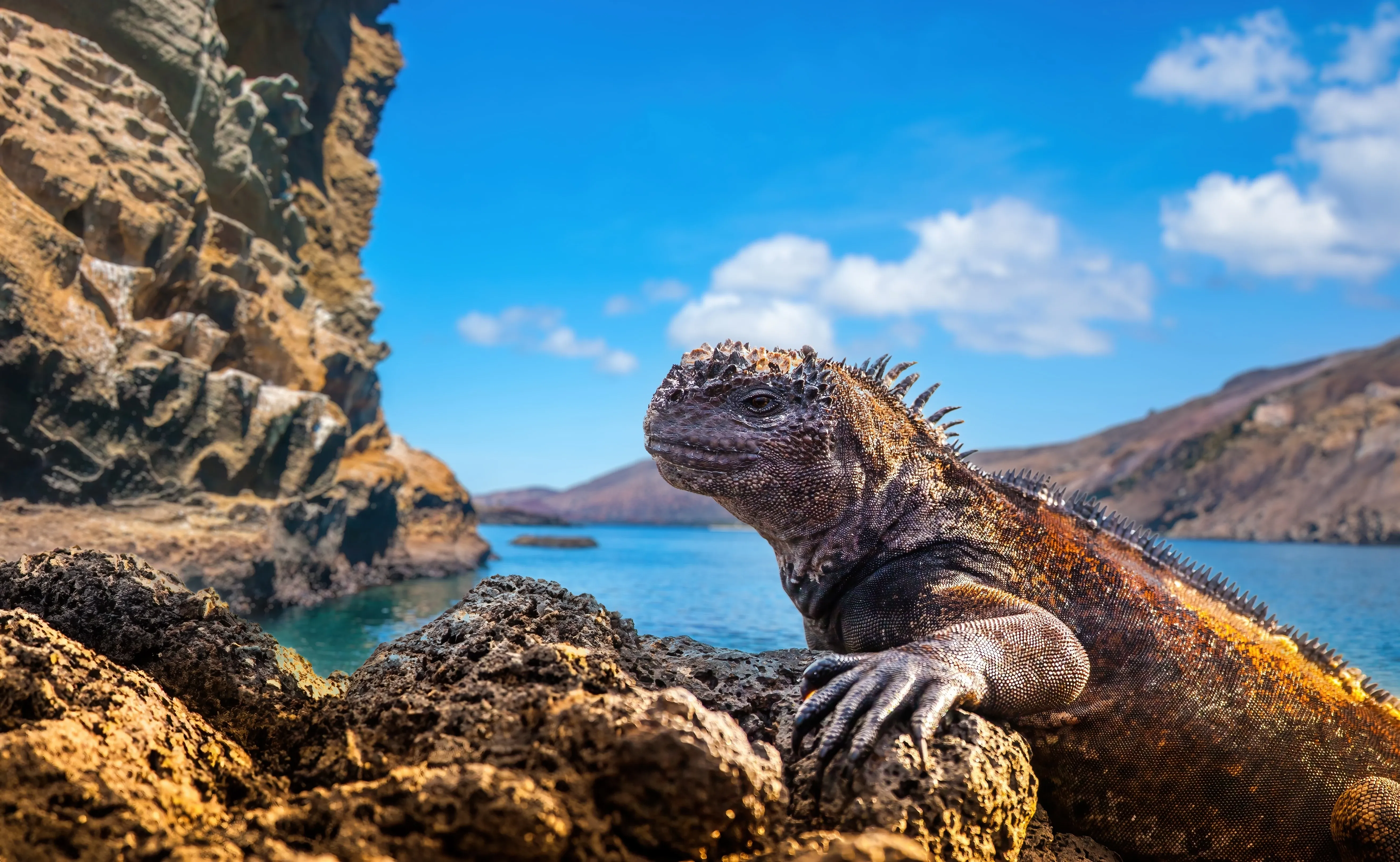
Island biodiversity - remarkable evolutionary highlights in isolation
Island biodiversity is a remarkable phenomenon, illustrating nature’s ability to create and adapt in isolation. Islands, due to their separation from mainland environments, often serve as sanctuaries for species that evolve independently from their continental counterparts. This isolation leads to a high rate of endemism, where species are found only on a specific island or group of islands.
On islands, one can find a stunning variety of life forms, from vibrant bird species like the Kākāpō of New Zealand to the unique flora of the Hawaiian archipelago. These species have often developed distinct adaptations to their specific environments, leading to the emergence of unique traits and behaviour's. For instance, island plants may exhibit unusual forms of reproduction or drought resistance, while island animals might evolve unique feeding strategies or physical characteristics tailored to their isolated habitats.
The biodiversity of islands is not limited to individual species but includes complex interactions among species and their environments. Islands can feature diverse ecosystems such as rainforests, savannas, and wetlands, each supporting a web of interdependent species. This intricate ecological web often results in ecosystems that are incredibly diverse despite their limited size.
The study of island biodiversity provides crucial insights into evolutionary processes and ecological dynamics. It highlights how isolation can spur rapid evolutionary changes and lead to the development of species with highly specialized traits. By understanding these processes, scientists gain valuable knowledge about adaptation, speciation, and ecosystem function that can inform broader ecological and evolutionary theories.
Island biodiversity is a testament to the power of evolution and adaptation in isolated environments. Its richness and uniqueness underscore the importance of studying and appreciating these remarkable ecosystems as windows into the complexities of life on Earth.
Challenges for the Islands biodiversity
Islands, despite their unique beauty and rich biodiversity, face a range of significant threats that endanger their delicate ecosystems. These threats, driven by both natural and human factors, can have profound impacts on the flora and fauna that call these isolated environments home.
- Invasive species: Non-native plants, animals, and microorganisms can outcompete or prey on indigenous species, disrupting local ecosystems.
- Habitat destruction: Human activities such as deforestation, urban development, and agriculture can lead to the loss of essential habitats. On islands, where space is limited, this destruction often has severe consequences for species that rely on specific environments for survival. Coastal development can also damage coral reefs and mangroves, which are vital for many island ecosystems.
- Climate change: Rising sea levels threaten coastal habitats and increase the risk of flooding. Changes in temperature and precipitation patterns can alter or destroy delicate ecosystems and lead to shifts in species distributions, sometimes causing local extinctions.
- Pollution: Plastic waste and other pollutants can contaminate water sources, harm marine life, and disrupt food chains. Additionally, pollutants from agriculture and industry can lead to nutrient runoff, causing harmful algal blooms that degrade water quality and marine habitats.
- Overexploitation: Overfishing and unsustainable tourism threaten island ecosystems. Overfishing depletes fish stocks and disrupts marine ecosystems, while uncontrolled tourism can lead to habitat degradation and increased waste.
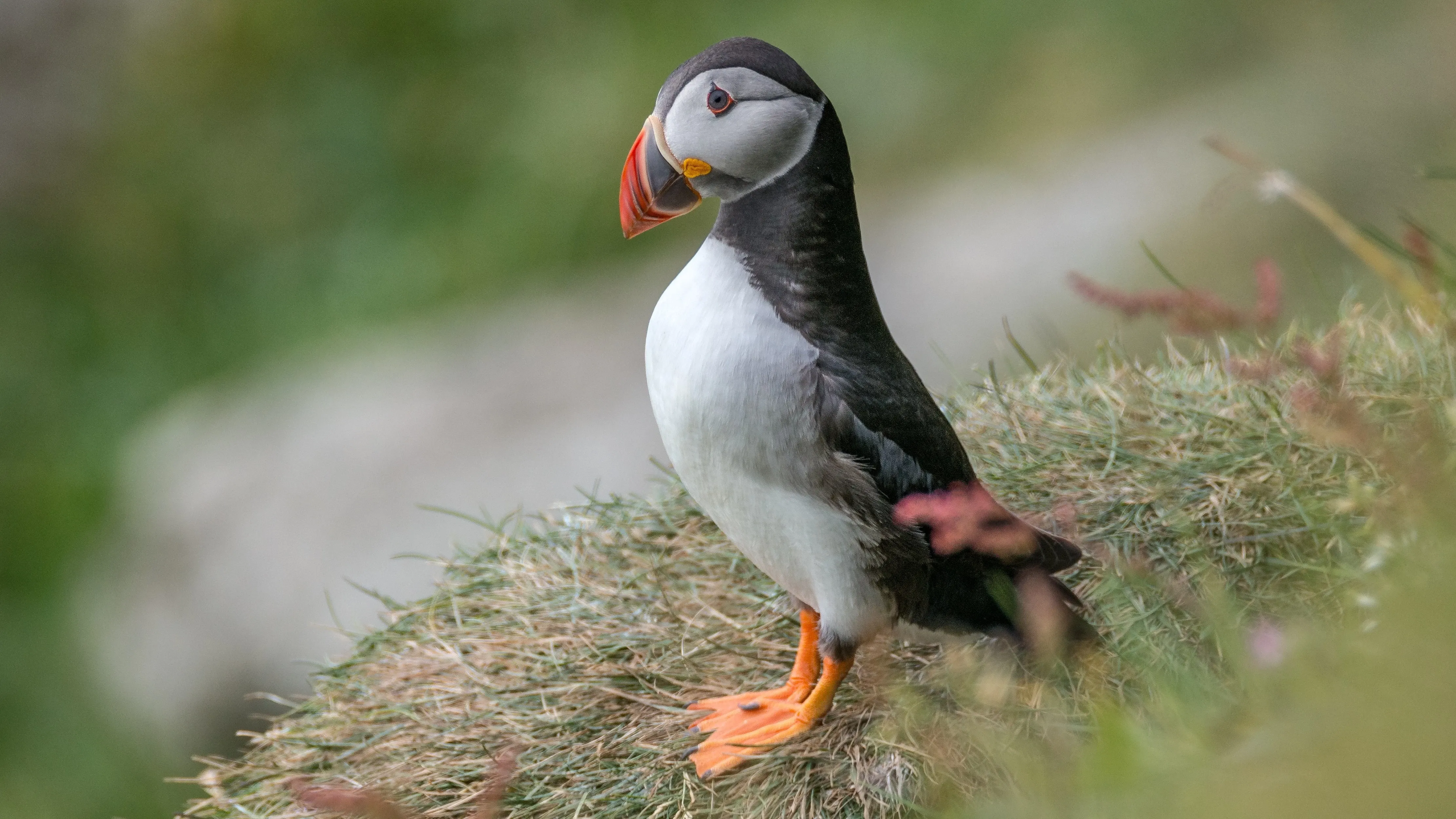
Island conservation efforts: Protecting fragile ecosystems
Conservation efforts aimed at preserving island biodiversity are multifaceted, focusing on controlling invasive species, restoring native habitats, maintaining nutrient cycles, preserving wildlife, and involving local communities.
#1 Control and eradication of invasive species
One of the most pressing threats to island ecosystems is the introduction of invasive species. These non-native plants and animals can disrupt the natural balance, outcompeting native species for resources, preying on them, or altering their habitat. Rats, feral cats, and invasive plants are common culprits that have decimated native bird and reptile populations on many islands.
To mitigate this, island conservation efforts focus on the control or complete eradication of invasive species. This involves methods such as trapping, poisoning, or physically removing these species, often followed by long-term monitoring to prevent re-invasion.
#2 Restoration of native habitats and ecosystems
Restoring degraded habitats is crucial for maintaining the biodiversity and resilience of island ecosystems. Habitat restoration efforts can range from replanting native vegetation to restoring wetlands, coral reefs, and mangrove forests. These activities not only improve biodiversity but also restore ecosystem services like carbon sequestration, flood protection, and fisheries support.
In cases where invasive species have altered landscapes, restoration can involve reintroducing native plants that provide critical food or shelter for wildlife. For example, on New Zealand’s offshore islands, extensive replanting of native forests has led to the return of endemic bird species that rely on these habitats for breeding.
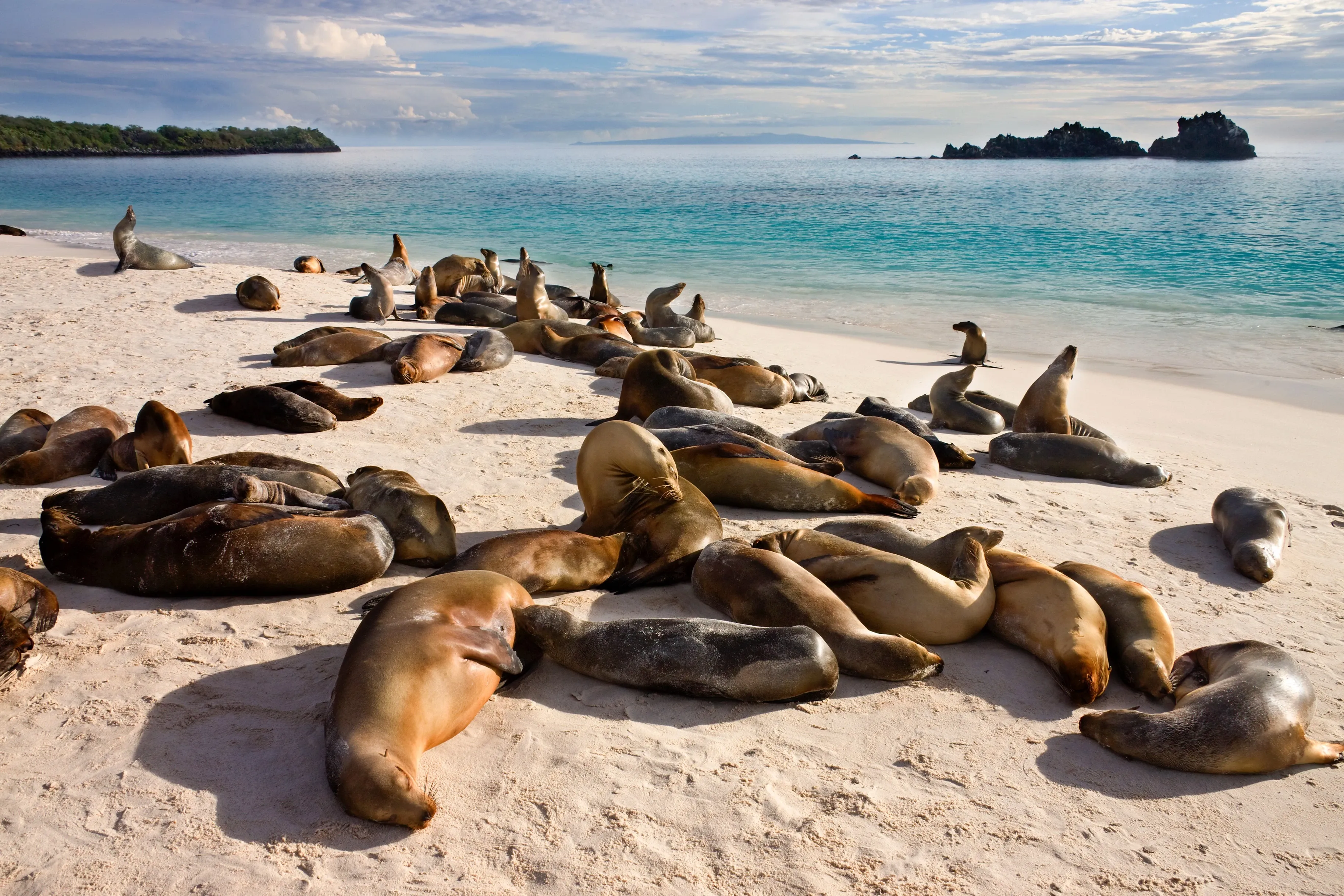
#3 Preserving wildlife and endemic species
Many islands are home to species that exist nowhere else on Earth, making the preservation of wildlife a high priority. Conservationists often focus on protecting endangered and endemic species through captive breeding programs, habitat protection, and predator control.
For example, the Kakapo, a critically endangered flightless parrot from New Zealand, has been saved from the brink of extinction through intensive conservation management, including predator control and breeding programs on predator-free islands. Preserving these unique species ensures that island ecosystems retain their ecological balance and continue to function effectively.
#4 Supporting nutrient cycles
Island ecosystems rely on intricate nutrient cycles to maintain their ecological health. Nutrient cycling, especially between land and marine environments, is vital for sustaining life on islands. Seabirds, for example, play a critical role in transporting nutrients from the ocean to the land through their guano, which fertilizes island vegetation.
Invasive species often disrupt these nutrient cycles by preying on seabirds or altering vegetation, leading to imbalances in nutrient availability. Conservation efforts aimed at restoring nutrient cycles may include re-establishing seabird colonies after invasive species are eradicated, or protecting coastal mangroves and wetlands that act as nutrient buffers between land and sea.
#5 Community engagement and education
Community engagement, especially through the integration of Indigenous knowledge that views land and sea as interconnected, is crucial for effective island conservation. Traditional practices such as sustainable fishing, sacred area protection, and rotational land use help maintain biodiversity. By combining these practices with modern conservation strategies, communities are empowered to protect ecosystems while preserving cultural heritage. Educational programs that raise awareness of invasive species and ecosystem health can further strengthen these efforts.
In places like Palau and Hawaii, local communities are actively involved in creating marine protected areas and implementing traditional conservation techniques, ensuring long-term environmental sustainability. Additionally, responsible eco-tourism can support conservation efforts by promoting sustainable travel practices, respecting local cultures, and generating funds that contribute to environmental protection and community development.
FAQ about Island conservation
How many species are endangered or even at risk of extinction on islands?
As mentioned are Islands home to a vast array of unique and specialized species, many of which are found nowhere else on Earth. Due to their isolation and distinct environments, islands have become hotspots for biodiversity. However, this same isolation makes island ecosystems particularly vulnerable to disturbances. As a result, a disproportionate number of endangered and extinct species are island-dwellers.
High extinction rates on Islands:
Over 60% of all recorded extinctions globally have occurred on islands. Many species that evolved in the isolated and unique environments of islands are highly specialized and often have small populations, making them more vulnerable to extinction when faced with environmental changes or human pressures. A classic example is the Dodo (Raphus cucullatus) from Mauritius, which went extinct in the 17th century due to hunting and the introduction of invasive species.
Critically endangered Island species:
According to the International Union for Conservation of Nature (IUCN), more than 1,000 island species are currently listed as critically endangered, endangered, or vulnerable. These species include mammals like the Tasmanian Devil (Sarcophilus harrisii), birds such as the Kakapo (Strigops habroptilus) from New Zealand, reptiles like the Galápagos Tortoise (Chelonoidis spp.), amphibians such as the Puerto Rican Crested Toad (Peltophryne lemur), and plants like the Seychelles Coco de Mer (Lodoicea maldivica). Many of these species are endemic, meaning they are only found on specific islands.
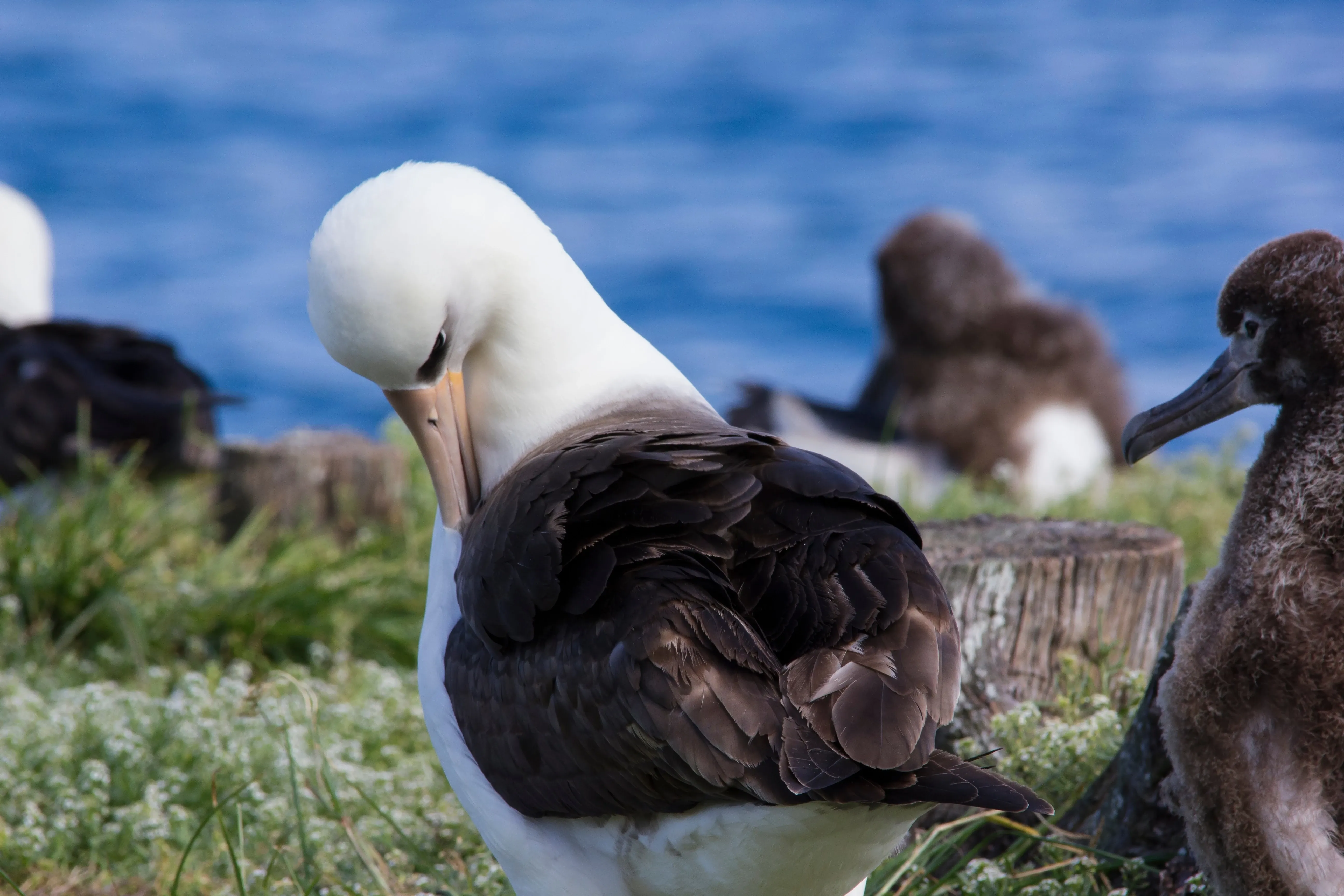
Island bird species facing extinction:
Bird species, in particular, have been hit hard on islands, with islands accounting for nearly 75% of bird extinctions in recorded history. Many of these extinctions are linked to the introduction of invasive predators like rats, cats, and ferrets, which decimated populations of birds that had evolved in the absence of such threats.
For example, several species of albatrosses, such as the Wandering Albatross (Diomedea exulans) and the Black-footed Albatross (Phoebastria nigripes), face critical threats on islands due to habitat destruction and the presence of invasive species. If current trends continue, these magnificent seabirds could face a similar fate to that of the Hawaiian ʻŌʻō (Moho nobilis), which was driven to extinction by introduced predators and habitat loss.
Threatened Island plants:
In terms of plant species, islands are also significant. Many island plants are endemic, and their isolated populations can be easily wiped out by habitat destruction, invasive species, or changes in the climate. Hundreds of plant species on islands are currently listed as threatened by the IUCN. For instance, the Silversword (Argyroxiphium sandwicense), a plant native to the Hawaiian Islands, is endangered due to habitat destruction and grazing by invasive species.
In short, islands are critical to global biodiversity, yet they bear the brunt of extinctions and endangerment. This makes island species some of the most at-risk organisms on the planet, highlighting the need for targeted conservation efforts.
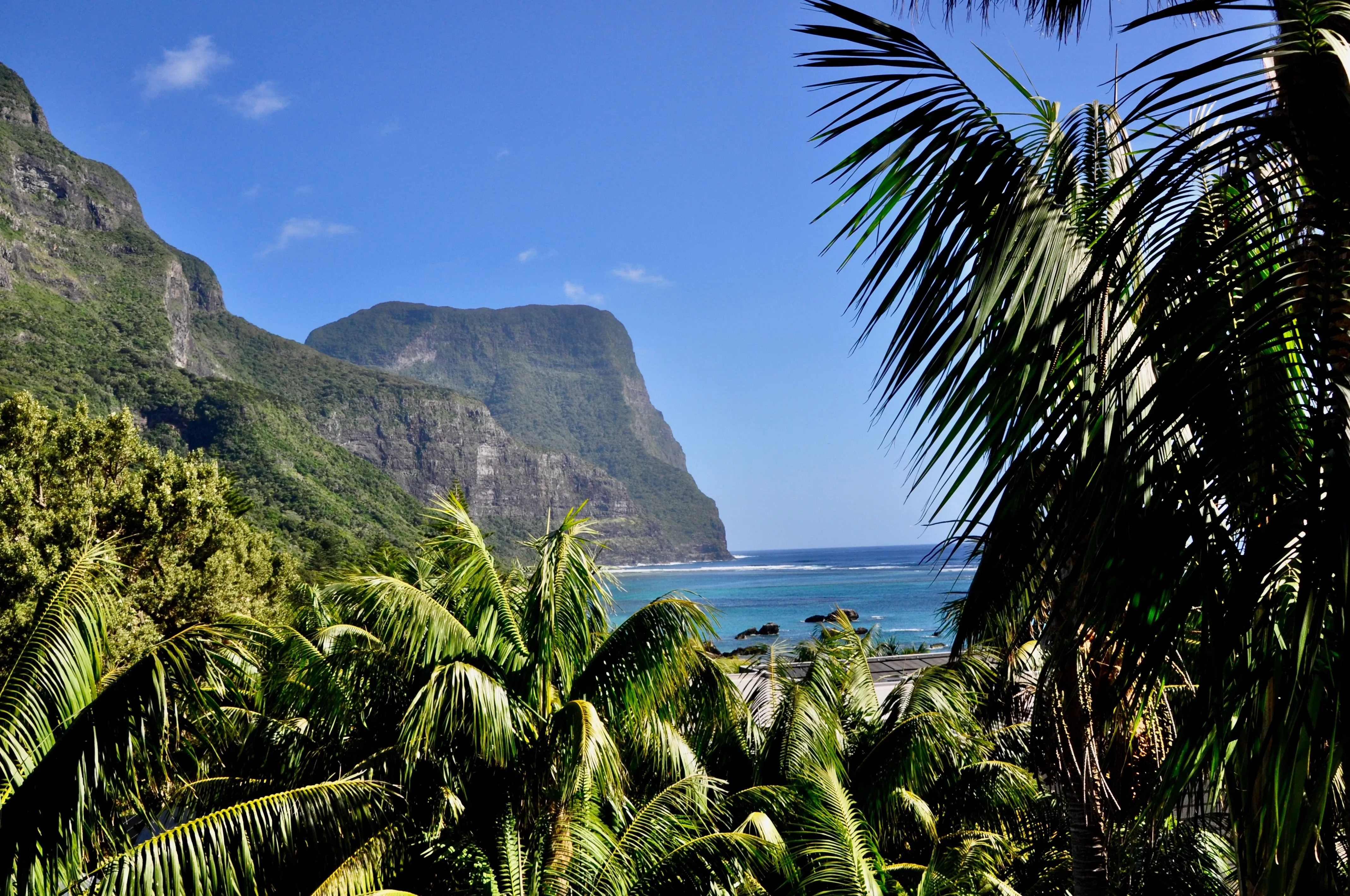
What are some notable Island conservation success stories?
There are several inspiring island conservation success stories from around the world. Here are a few examples:
- Lord Howe Island, Australia: Once home to a number of endangered species and facing severe ecological degradation, Lord Howe Island has seen significant recovery efforts. Through habitat restoration, invasive species control, and targeted conservation programs, the island has seen the revival of its unique flora and fauna, including the Lord Howe Island Phasmid (a giant flightless cockroach once thought extinct).
- Mauritius: The conservation efforts in Mauritius have been remarkable, particularly with the restoration of native species and ecosystems. The Mauritius Kestrel, once the world's rarest bird, has seen a significant population increase due to intensive conservation efforts, including captive breeding and habitat management.
- Galápagos Islands, Ecuador: The Galápagos Islands are famous for their unique biodiversity. Conservation programs here have focused on controlling invasive species, restoring habitats, and protecting native species like the giant tortoise. These efforts have helped maintain the ecological balance and preserve many of the islands' unique species.
- New Zealand: In New Zealand, several island conservation projects have been highly successful. For instance, the eradication of invasive species from islands like Rarotonga and the Chatham Islands has led to the recovery of native bird species, such as the Kakapo (a critically endangered parrot) and the Takahe (a large flightless bird).
- Henderson Island, Pitcairn Group: This remote island in the South Pacific is known for its pristine ecosystems. Conservation efforts have focused on maintaining its natural state and protecting its unique biodiversity. The island is a UNESCO World Heritage site, recognized for its outstanding natural value and ongoing conservation success.
- Midway Atoll, USA: Located in the North Pacific Ocean, Midway Atoll is part of the Papahānaumokuākea Marine National Monument. Conservation efforts here have been highly successful, particularly in addressing the issue of invasive species. The removal of invasive rats and the restoration of native seabird habitats have led to a significant recovery of seabird populations, including the iconic Laysan Albatross.
Are there any ongoing Island conservation initiatives?
These ongoing initiatives highlight the global commitment to island conservation and the importance of targeted efforts to protect and restore these unique and vulnerable ecosystems.
- New Zealand’s Predator-Free 2050 Initiative: New Zealand has launched an ambitious goal called Predator-Free 2050, aiming to eradicate invasive predators like rats, stoats, and possums from the country by 2050. This initiative includes targeted eradication projects on several islands, such as Rodrigues Island and Campbell Island, to protect native wildlife and restore ecosystems.
- Marion Island, South Africa: Marion Island, part of the Prince Edward Islands group, is the focus of significant conservation efforts to combat the impact of invasive species. The island has seen successful projects to eradicate invasive plants and animals, such as rats and mice, which threaten native seabirds and the unique sub-Antarctic environment.
- North Island, Seychelles: North Island in the Seychelles is a notable example of a conservation success story. The island has undergone extensive habitat restoration efforts, including the removal of invasive species and replanting native vegetation. These efforts have helped restore the island’s ecosystems and support the recovery of endangered species, such as the Aldabra giant tortoise.
- Isabela Island, Galápagos: On Isabela Island, part of the Galápagos Archipelago, ongoing conservation initiatives focus on controlling invasive species like black rats and feral goats. These efforts are critical for restoring native habitats and protecting species such as the Galápagos giant tortoise and various endemic birds like the blue-footed booby.
- South Georgia Island: In South Georgia, conservation efforts are centred around the eradication of invasive rodent species. Successful rodent eradication projects are helping to restore seabird populations like the white-chinned petrel and recover the island's native ecosystems, contributing to the overall health of the South Georgia ecosystem.
- The Bahamas: Conservation initiatives in the Bahamas focus on protecting endangered species and restoring habitats on islands like Bimini. Efforts include managing invasive species and restoring natural habitats to support species such as the Bahamian Rock Iguana and the Bimini Boa.
How can I engage hands-on in Island conservation?
Engaging hands-on in island conservation is not only a deeply rewarding experience but also creates a lasting impact that extends well beyond the time you spend there. By actively participating in conservation efforts, you contribute to the protection and restoration of fragile ecosystems, help preserve unique species, and support local communities.
Your involvement can lead to meaningful changes that endure, fostering healthier environments and promoting sustainable practices. The skills and knowledge you gain, along with the connections you make, can also inspire and empower others to join the cause, amplifying the positive effects of your efforts. We encourage you to take a closer look at these two options:
Volunteering
Volunteering in island conservation provides unique opportunities to engage with some of the world's most pristine and secluded environments, often inaccessible to the average traveller. Island conservation efforts encompass a range of critical ecosystems, from tropical paradises and volcanic terrains to remote archipelagos and coral reefs.
As a volunteer, you can contribute to conservation programs across diverse island settings, whether it’s a rehabilitation programme of the giant tortoises on the Galápagos Islands, the predator-free initiative programmes in New Zealand to protect endangered species, habitat restoration programmes on the Seychelles, or a whale shark monitoring project on the Maldives.
Citizen science projects
Participating in citizen science offers a unique chance to contribute to ground-breaking research and discoveries, often in fields that span from environmental conservation to astronomical exploration. Citizen science projects encompass a wide array of disciplines, including monitoring wildlife populations, tracking climate change impacts, and mapping the night sky.
As a citizen scientist, you might find yourself engaged in projects such as tracking bird migrations, monitoring ocean health, cataloguing plant species in rainforests, or mapping light pollution in urban areas.
These hands-on experiences not only allow you to apply your skills and curiosity to real-world challenges but also to work alongside dedicated scientists and researchers. Through your contributions, you will gain a deeper understanding of the scientific process and the critical role that everyday people play in advancing knowledge and addressing global issues.
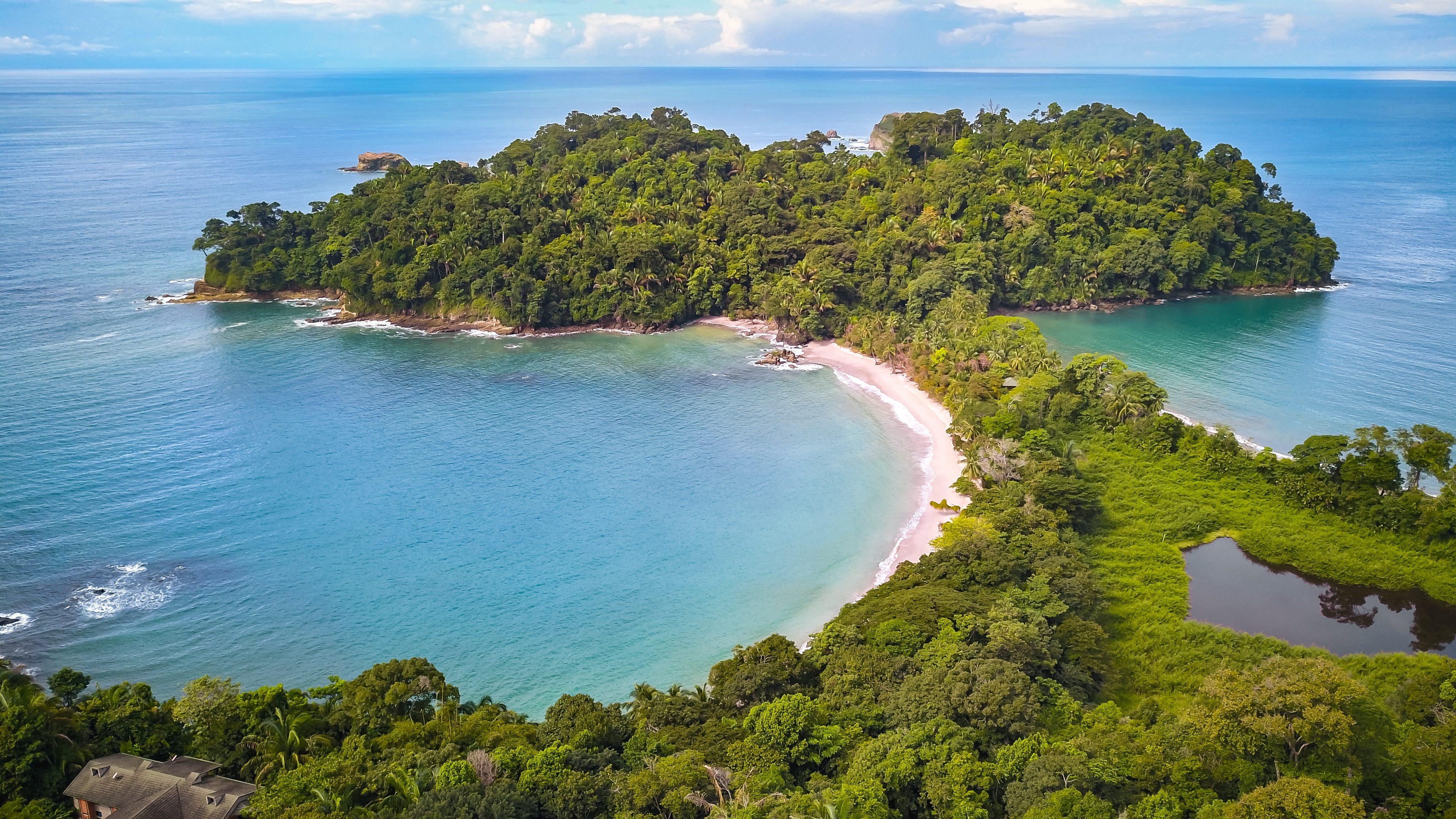
What are some conscious practices for island conservation
Besides hands-on experience, you can adopt conscious practices in your day-to-day life for island conservation, to help minimize human impact and support the preservation of these unique ecosystems. Here are some key practices:
#1 Respect local regulations and guidelines
Adhere to specific entry requirements, such as biosecurity checks and item restrictions to prevent introducing invasive species, and follow guidelines from local conservation authorities regarding restricted areas and permitted activities. Additionally, support policies that protect island environments and address conservation challenges, while collaborating with and respecting local communities' traditional knowledge and conservation efforts.
#2 Avoid taking souvenirs
Avoid collecting shells, rocks, or plants as souvenirs to prevent disrupting local ecosystems, and instead, purchase souvenirs from local artisans who use sustainable materials, supporting the local economy while minimizing ecological impact.
#3 Practice eco-friendly tourism
Select eco-friendly tours and accommodations that prioritize conservation, and opt for biodegradable personal care products like reef-safe sunscreen to protect marine life and water sources. Furthermore, ensure that you leave no waste behind and minimize your environmental footprint by following "Leave no trace" principles.
#4 Reduce your carbon footprint
Opt for sustainable travel options, such as longer stays, trains, walking, or cycling to explore the area, while choosing eco-friendly accommodations and activities that use renewable energy and prioritize waste reduction.
#5 Educate yourself and others
Educate yourself on the unique ecosystems and species of the island you’re visiting or supporting, and help raise awareness by encouraging others to adopt sustainable practices for island conservation.
4 reasons why you should get involved in Island conservation
- #1 Protecting unique biodiversity: Islands often host unique flora and fauna found nowhere else on Earth. Engaging in conservation helps protect these rare species from extinction and ensures the preservation of their specialized habitats.
- #2 Preventing ecosystem collapse: Islands are particularly vulnerable to ecological disruptions from invasive species, climate change, and habitat destruction. By participating in conservation efforts, you help maintain the delicate balance of these ecosystems and prevent potential collapse.
- #3 Supporting climate resilience: Healthy island ecosystems, such as mangroves and coral reefs, play a crucial role in protecting coastal areas from climate impacts like storm surges and erosion. Conservation efforts help maintain these natural defenses, which can be vital for local communities and global environmental health.
- #4 Promoting scientific research and education: Island conservation projects often involve scientific research and educational outreach. By supporting or participating in these initiatives, you contribute to important discoveries and raise awareness about environmental issues, fostering a greater understanding and commitment to conservation.
Source references:
Island Conservation.org
Invasive Species Council
Sign up for the newsletter
By clicking on “Subscribe now” I will subscribe to the Conscious Explorer newsletter with all the information about mindful travel. Information on the success measurement included in the consent, the use of the shipping service provider MailChimp, logging of the registration and your rights of revocation can be found in our privacy policy.
